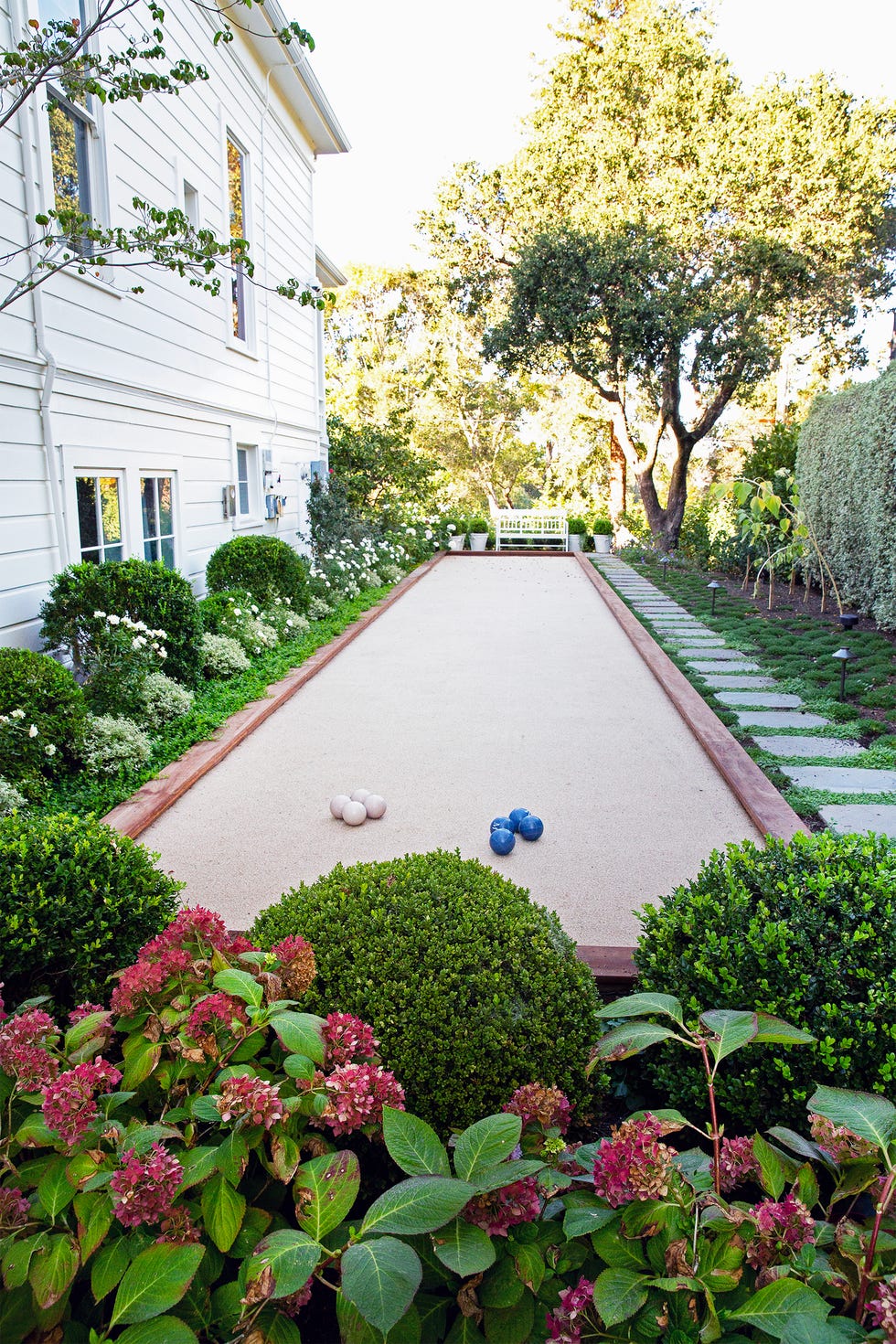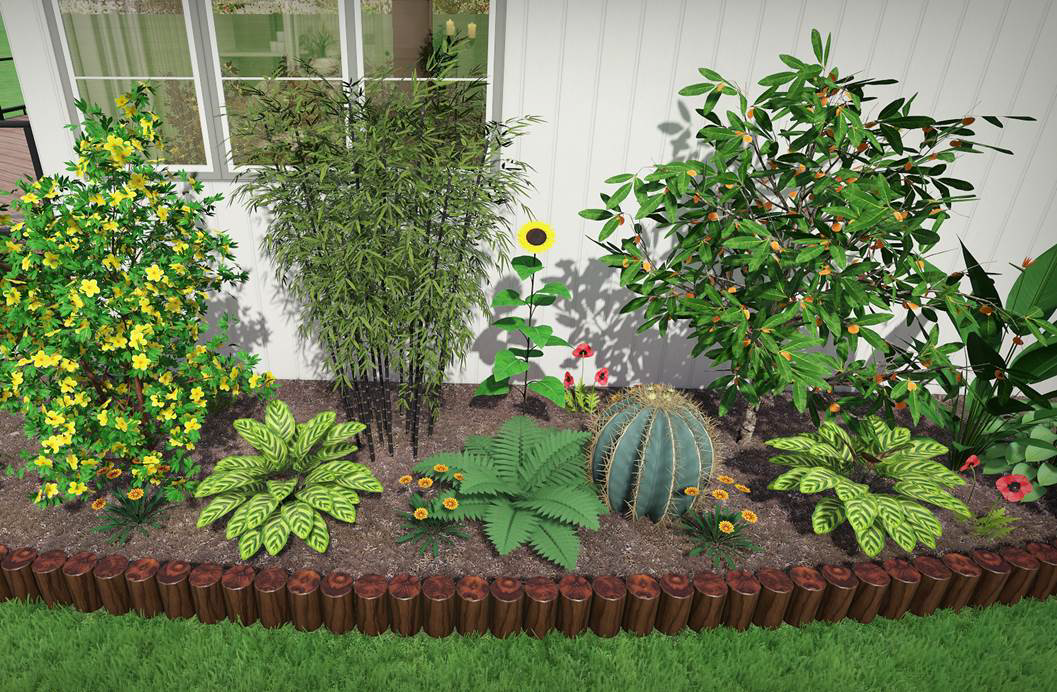Landscapers Can Be Fun For Everyone
Landscapers Can Be Fun For Everyone
Blog Article
Landscapers Fundamentals Explained
Table of ContentsSome Ideas on Landscapers You Should KnowLandscapers Can Be Fun For EveryoneWhat Does Landscapers Mean?Landscapers Fundamentals ExplainedHow Landscapers can Save You Time, Stress, and Money.
Each of these aspects has a particular function and symbolism, and when combined in the proper way, they create a well balanced and unified landscape - Landscapers. Rocks are considered the backbone of a Japanese garden. They represent mountains or islands and are strategically positioned to create a feeling of deepness and perspectiveIt can take the form of a fish pond, stream, or waterfall, and its function is to add motion, audio, and representation to the landscape. Plants, especially evergreens and deciduous trees, play a necessary role in producing a Japanese garden. They are carefully picked for their shape, color, and structure to include rate of interest and comparison to the landscape.
These synthetic components commonly have spiritual or spiritual value in Japanese culture and are very carefully placed within the landscape to create focal factors. Photography by Garrett Chef Desert gardens, additionally referred to as xeriscaping or arid landscape design, prosper in completely dry and drought-prone areas (Landscapers). These yards display plants that have actually grown accustomed to the hot and arid conditions, making them low-maintenance and water-efficient

They are normally utilized to the neighborhood environment, dirt problems, and wildlife, making them extra durable and better suited to grow in their environment. This design style embraces the appeal of local plants and fauna, promoting a feeling of location and linking us to the land we survive. Picture: Christopher Lee Mediterranean gardens originated in the nations surrounding the Mediterranean Sea, such as Italy, Greece, and Spain, where the climate is warm and dry.
Fascination About Landscapers
In a Mediterranean climate, the summer heat and aridity are considerable obstacles for plant growth. To resolve this, Mediterranean garden layout incorporates aspects that give shade, such as pergolas and arbors, to safeguard plants from straight sunshine during the most popular hours of the day. These frameworks offer a useful function but likewise add architectural passion to the yard.
To fight this, sprinkling strategies such as drip irrigation are frequently utilized to guarantee that plants obtain an appropriate amount of water without squandering it. Formal gardens are frequently connected with grand estates and palaces, where everything is perfectly symmetrical and in line. These gardens follow a stringent geometric pattern, with straight lines and right angles dominating the style.
Making use of hardscaping components such as fountains, sculptures, and pathways is additionally common in official gardens. On the other hand, informal gardens have an even more relaxed and all-natural feeling to them. They are not bound by strict rules or geometric patterns, enabling an extra natural layout. Informal yards often tend to have curved paths, off-and-on designed blossom beds, and a mix of different plant types.

Some Known Questions About Landscapers.
The design is so preferred that it does not stand out because so numerous people have it. The bulk of the landscapes across the nation are conventional style.
Typical components of a traditional landscape style are red block pavers arranged in a timeless herringbone pattern and cottage design garden beds with a wonderful blend of perennials and hedges. You can find conventional landscaping used at the historic homes in midtown Idaho Falls. This style gives an excellent balance of native and non-native plants.
Considering that the style has actually been around for some time, even more people have it, so it doesn't attract attention as a lot. A modern-day landscape has the most edgy design style. Intense colored plants integrate with strong steel containers and home furnishings. Every element is much more polished and exact. Bushes and plants are usually more specifically arranged and trimmed into shapes versus being more natural.
It's not concerning the style of home a landscape fits, yet extra the materials it's made out of. Discovering materials for this design, such as containers constructed from metal, can be much more challenging, so it can set you back a little a lot more. This design brings smooth elegance. While bushes require to be trimmed to keep their forms, this style of landscape needs less specialized upkeep.
Landscapers for Beginners
Fuller landscape beds with great deals address of shade that call for greater degrees of maintenance and upkeep. A newer landscape style that's emerged recently is the rustic modern design. This landscape will still make use of rocks and wood however in a much more refined way. Below, modern layout elements are likewise merged right into the image, such as bold-colored patio collections and color-blocked beds using plants with intense shades.
This design goes ideal with homes that are rustic or modern, and it has a nice mix of the pros and disadvantages of those designs listed above (Landscapers). Not sure which style matches you best? Factoring in upkeep and overall style and care prices can assist sway you in click here now one instructions over another based on your choices
For one, given that materials like boulders and rough-hewn hardwood are so prominent here, they are easy to get. Plants are left to expand even more normally, as in they don't require to be a symmetrical, pruned shape. On the various other hand, modern and cottage style gardens are generally much more costly to install and require even more maintenance.
You can produce a visually pleasing landscape by following these six principles of style. There are six principles of layout that have been made use of by musicians for centuries throughout all art forms, paint and flower style in addition to landscape design. They are: Balance Focalization Simpleness Rhythm and Line Percentage Unity Balance is a state of being in addition to seeing.
Facts About Landscapers Revealed
There are 2 significant sorts of balance: symmetrical and asymmetrical. In proportion balance is used in official landscapes when one side of the landscape is a mirror picture of the opposite side. These landscapes usually make use of geometric patterns in the pathways, planting beds and even exactly how the plants are pruned into shapes.

Each area of the landscape may consist of a prime focus, but it is definitely not required. Landscape designers ought to not overuse prime focus. In any type of sight, people are brought in to intriguing plant types, bright colors and creative, building style in addition to art or sculptures. Mix it up, have some fun and develop interesting focal factors.
Maintaining landscapes straightforward, not dig this littered or fussy is always a good method. Lots of landscapes have really complicated functions, including the architectural layout, water functions and substantial lights attributes.
Report this page